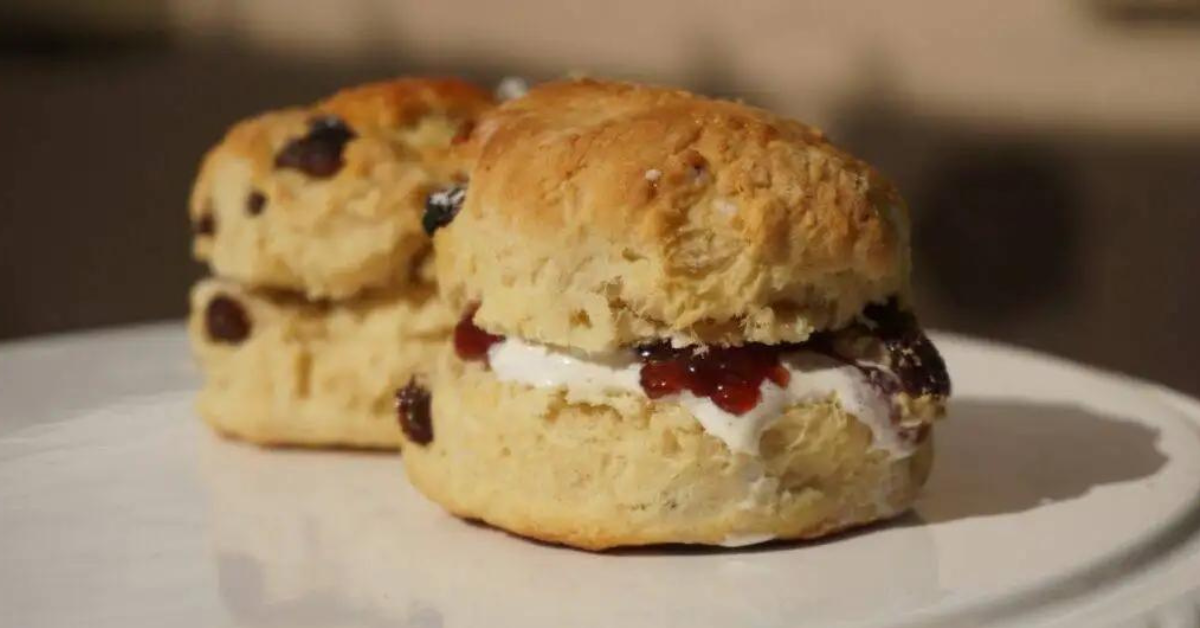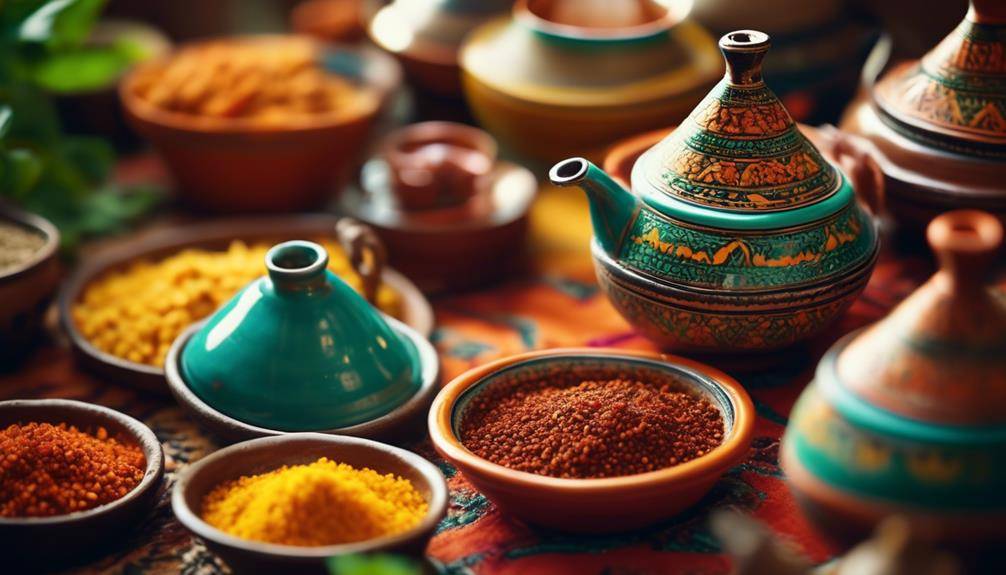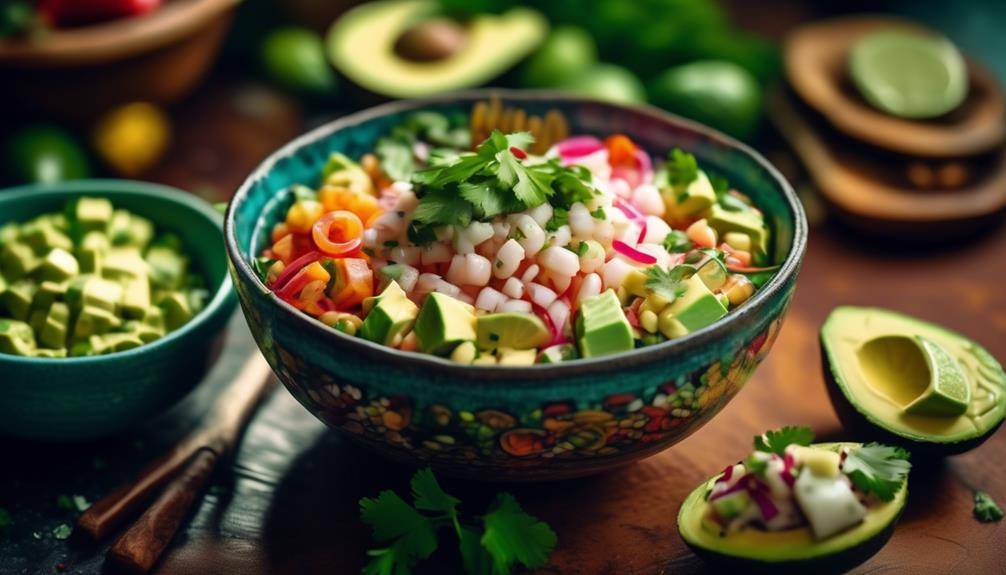The Best Blackberry Cobbler A Beloved Dessert

What Is Blackberry Cobbler?
The Best Blackberry Cobbler A Beloved Dessert; Blackberry cobbler is one of those timeless desserts that evokes nostalgia with every bite. The combination of juicy, sweet-tart blackberries baked under or around a soft, buttery crust is nothing short of comfort in a bowl. Often served warm and topped with a scoop of vanilla ice cream or a dollop of whipped cream, blackberry cobbler has become a staple dessert in Southern kitchens and beyond. But where did this hearty dessert come from, and how did it become such an iconic treat in American culinary culture?
Understanding the “Cobbler” Name
The term “cobbler” itself is steeped in culinary history. It refers to a type of baked dessert where fruit is topped with a dough that’s often rustic and biscuit-like in texture. Unlike pies, which typically require a neatly rolled crust, cobblers have a homey, uneven appearance—hence the name, which likely derives from the dish’s resemblance to a cobbled stone road. This dessert form has been popular for centuries, and variations exist across many cultures, including British crumbles, crisps, and slumps. However, blackberry cobbler in particular has become closely associated with the rural American South.
Colonial Roots and Native Fruits
Blackberries, native to North America and Europe, were readily available to early settlers in the colonies. These small, dark berries grew wild across the countryside, and their hearty nature made them a reliable source of fruit for families who lacked access to cultivated orchards. Colonists who brought European baking traditions with them—particularly those of English origin—adapted their recipes to include native fruits like blackberries. Lacking the refined equipment and ovens required to bake traditional pies, many settlers turned to simpler methods of baking, using open hearths and cast iron pots. The result was a fruit dessert that didn’t require the precision of pie-making but still delivered a sweet, satisfying flavor: the cobbler.
The Rise of Cobbler Across the American Frontier
During the 18th and 19th centuries, cobblers gained popularity across the American frontier. The dish fit the needs of pioneers and homesteaders perfectly: it was easy to make, required few ingredients, and could feed a family using whatever fruit was on hand. In regions where blackberries grew in abundance—especially the Appalachian Mountains and the rural South—blackberry cobbler became a seasonal favorite. Summer berry-picking was often a family affair, and the fruits of that labor were preserved, canned, or baked into cobblers and jams.
Blackberry Cobbler and Southern Food Traditions
The American South, in particular, played a crucial role in elevating blackberry cobbler to a cultural icon. Southern cooking has long valued seasonal, locally sourced ingredients, and the art of making desserts from wild fruit is deeply embedded in its culinary traditions. Blackberries ripen in late spring to early summer in much of the South, and cobbler season often coincides with family gatherings, church picnics, and Independence Day celebrations. The simplicity of the ingredients—fruit, flour, sugar, and butter—means that the dessert is accessible to cooks of all skill levels and economic backgrounds, which helped ensure its widespread popularity.
Variations and Regional Styles
As Southern cuisine developed its distinct identity, blackberry cobbler emerged as one of its signature desserts. Cookbooks from the 19th and early 20th centuries featured various cobbler recipes, many of which used blackberries as the base fruit. These recipes varied in style, with some calling for a drop biscuit topping, others for a batter poured over the fruit, and still others resembling more structured crusts. Each variation reflected the cook’s background, regional preferences, and available ingredients. Over time, blackberry cobbler became more than just a dessert; it became a symbol of hospitality, home, and heritage.
The Role of Cast Iron in Cobbler Making
The role of cast iron cookware in the preparation of cobblers cannot be overstated. Many traditional blackberry cobblers were baked in cast iron skillets or Dutch ovens, which provided even heat and rustic charm. In the era before modern ovens, cooking over an open fire or in a wood-burning stove required durable equipment. Cast iron also helped achieve that slightly crispy, caramelized edge where the fruit juices met the dough—a texture that many cobbler lovers cherish. Even today, many Southern cooks insist that cast iron is the only proper vessel for baking a true blackberry cobbler.
Blackberry Cobbler as a Cultural Tradition
Cultural preservation also played a key role in the continued popularity of blackberry cobbler. As Southern foodways were documented by culinary historians and celebrated in food media, the cobbler held its place alongside other staples like fried chicken, cornbread, and collard greens. Food writers and historians have noted how blackberry cobbler represents the intersection of agrarian life, resourcefulness, and family tradition. It is one of those recipes that’s passed down from generation to generation, often with small changes and personal touches that make each version unique.
African American Culinary Influence
Interestingly, blackberry cobbler also reflects the legacy of African American culinary contributions to Southern cuisine. Enslaved Africans and their descendants played a pivotal role in the development of Southern cooking, bringing with them rich food traditions, improvisational cooking techniques, and an ability to create flavorful meals under limited circumstances. Many cobbler recipes were handed down through Black families, and blackberry cobbler became a staple at church potlucks, family reunions, and Sunday dinners. Its enduring presence in soul food culture is a testament to its importance in Black culinary history.
The Modern Revival of Blackberry Cobbler
In modern times, blackberry cobbler continues to enjoy popularity not just in the South, but nationwide. With the rise of food blogs, farm-to-table dining, and a renewed interest in traditional American recipes, cobbler has seen a resurgence among home bakers and professional chefs alike. Gourmet versions might feature locally grown heirloom berries, organic ingredients, or inventive toppings like oatmeal crumble or cornmeal biscuits, but the heart of the dish remains the same. It is a dessert that honors simplicity, seasonality, and a connection to the past.
Contemporary Presentation and Versatility
You can now find blackberry cobbler in diners, high-end restaurants, and bakery menus across the country. It’s particularly popular during the summer months, when fresh blackberries are in season, but frozen berries allow for year-round enjoyment. Some versions add spices like cinnamon or nutmeg for warmth, while others include lemon zest to brighten the flavor. Others play with presentation, serving cobbler in individual ramekins or mason jars. Despite these modern twists, the soul of the dish remains unchanged.
Why Blackberry Cobbler Endures
Part of what makes blackberry cobbler so universally appealing is its comforting familiarity. It’s the kind of dessert that feels homemade, even if it comes from a professional kitchen. The tart-sweet burst of the berries, the softness of the crust, and the contrast with a scoop of cold vanilla ice cream create a sensory experience that feels like coming home. In a world of flashy desserts and over-the-top confections, blackberry cobbler stands as a reminder that sometimes, the simplest dishes are the most satisfying.
Adaptability Across Lifestyles
As a dessert, blackberry cobbler is also incredibly adaptable. It can be made with fresh, frozen, or canned blackberries, allowing for flexibility depending on availability and budget. It can be gluten-free, vegan, or dairy-free with just a few substitutions. This adaptability ensures that it continues to be a favorite in a wide range of homes and communities. Whether it’s served at a backyard barbecue, a holiday dinner, or a quiet evening at home, blackberry cobbler delivers a sense of joy and contentment that few desserts can match.
Creative Spins on a Classic
Over the years, blackberry cobbler has also inspired creative variations. Mixed berry cobblers, which include raspberries, blueberries, or strawberries, offer a different flavor profile. Some cooks like to use cream in the batter for a richer texture, while others prefer a crisp-style topping made with oats and brown sugar. Despite these changes, the essential concept remains the same: fruit baked with a sweetened topping until bubbling and golden. Each new version pays homage to the original while offering something fresh.
Conclusion: A Dessert Rich in Flavor and History
The legacy of blackberry cobbler is one of resilience, tradition, and delicious innovation. From its humble beginnings in colonial kitchens to its current place as a cherished comfort food, this dessert has woven itself into the culinary fabric of America. Every cobbler has a story—of the hands that picked the berries, the generations that refined the recipe, and the memories made around the table where it was served. Blackberry cobbler is not just a summertime treat or a Southern specialty; it’s a symbol of American heritage that continues to bring people together over something warm, sweet, and deeply satisfying.

🍇 Classic Blackberry Cobbler Recipe
Ingredients
- For the blackberry filling:
- 4 cups fresh or frozen blackberries if frozen, thaw and drain slightly
- ¾ cup granulated sugar
- 1 tablespoon lemon juice
- 1 tablespoon cornstarch optional, for thicker filling
- For the cobbler topping:
- 1 cup all-purpose flour
- 1 cup granulated sugar divided: ½ cup for batter, ½ cup for topping
- 1½ teaspoons baking powder
- ¼ teaspoon salt
- 1 cup whole milk
- ½ cup 1 stick unsalted butter, melted
- 1 teaspoon vanilla extract optional
Instructions
- Preheat the oven to 350°F (175°C). Lightly grease a 9×13-inch baking dish or a deep 8×8-inch dish, depending on how thick you want the cobbler.
- Prepare the blackberry mixture: In a medium bowl, combine the blackberries, ¾ cup sugar, lemon juice, and cornstarch (if using). Stir gently and let sit while you prepare the batter.
- Make the batter: In a separate bowl, whisk together the flour, ½ cup of the sugar, baking powder, and salt. Stir in the milk, melted butter, and vanilla until smooth. The batter will be thin—this is normal.
- Assemble the cobbler: Pour the batter into the prepared baking dish. Do not stir. Gently spoon the blackberry mixture evenly over the batter. Again, do not mix them together—the batter will rise around the berries as it bakes. Sprinkle the remaining ½ cup sugar evenly over the top.
- Bake for 40–45 minutes or until the top is golden brown and the berry juices are bubbling. If the top browns too quickly, tent loosely with foil during the last 10 minutes.
- Cool slightly before serving. The cobbler will set as it cools.
- Serve warm, ideally with a scoop of vanilla ice cream or a dollop of whipped cream.
Frequently Asked Questions: The Best Blackberry Cobbler A Beloved Dessert
What is the difference between a cobbler and a pie?
While both involve fruit and dough, pies typically have a bottom and/or top crust that is rolled out and formed, whereas cobblers feature a more rustic topping made from batter, biscuit dough, or a similar soft mixture.
Can I make blackberry cobbler with frozen blackberries?
Yes, you can absolutely use frozen blackberries. Just be sure to thaw and drain them slightly before using, as they can release excess moisture during baking.
What kind of dough is used for cobbler topping?
Cobbler toppings vary. Some use a sweet biscuit dough dropped over the fruit, others use a pourable batter, and still others resemble cake or cookie dough.
Why is it called cobbler?
The name “cobbler” likely comes from the topping’s resemblance to a cobbled stone street—uneven, lumpy, and rustic.
Is blackberry cobbler a Southern dessert?
Yes, blackberry cobbler is strongly associated with Southern cuisine and is a staple at many Southern gatherings and summer celebrations.
How do I store leftover cobbler?
Cover and refrigerate for up to 4 days. Reheat in the oven at 350°F or microwave individual portions as needed.
Can I make blackberry cobbler gluten-free?
Yes, use a gluten-free flour blend for the topping to create a version that suits your dietary needs.








